Clustered vs. Non-Clustered Indexes: How to Optimize SQL Server Performance

Indexes are an essential part of any SQL Server database. One of the keys to improving performance is understanding how indexes work. Indexes help speed up data retrieval, optimize query performance, and improve the overall efficiency of your database. SQL Server offers several index types, but clustered and non-clustered indexes are the most important. Understanding their differences helps you design better-performing databases.
What is a Clustered Index?
Think of a clustered index as the primary organizer of your data. It defines the physical order of the data rows in a table. When you create a clustered index on a table, SQL Server sorts the data in that table according to that clustered index. Essentially, the table itself becomes the index, and the data rows are sorted and stored in the same order as the clustered index key.
The catch: you can only have one clustered index per table.This is because there can only be one way to physically organize the data on the hard drive. This index is often created on the primary key column, but it doesn’t have to be.
Earlier SQL Server documentation called the clustered index the most important index for a table. Microsoft values clustered indexes so highly that SQL Server automatically creates one on the primary key if you don’t specify it!
What is a Non-Clustered Index?
Unlike clustered indexes, non-clustered indexes do not define the physical order of the data rows. Instead, they create a separate structure that helps SQL Server find data more quickly. A good way to think of a non-clustered index is like a miniature copy of your table containing just the columns listed in the index. As data is added or modified in your table, SQL Server automatically keeps the non-clustered indexes in sync.
Non-clustered indexes are what make your queries run faster. Having smaller, more targeted data sets allows SQL Server to more quickly hone in on the data it is after. For example, if you’re frequently filtering your data by customer name or order status, a non-clustered index on those columns can help make those queries faster. And, with non-clustered indexes, you can have multiple indexes on a table, which is useful when you need to optimize searches on different columns.
Another cool thing about non-clustered indexes is that they can be used as something referred to as covering indexes. A covering index contains all of the data your query needs, so SQL Server can retrieve the data directly from the index without even touching the actual table. This can save a lot of time and reduce the number of I/O operations. Covering indexes are great for smaller, frequently run queries.
Having Too Many Non-Clustered Indexes
Non-clustered indexes boost query performance, but too many can hurt your database. Each added index increases storage requirements. More importantly, modifying data forces SQL Server to update every related index. More indexes mean slower operations, especially in write-heavy databases.
For example, if you have 1 table that has 10 non-clustered indexes on it, inserting 1 row will actually result in 11 inserts (1 insert for the table and 1 additional insert for each of the 10 indexes). Every time the data is modified in the table, the indexes must also be updated to reflect the changes.
Thankfully, SQL Server provides tools that let you see which indexes are being used and which ones are not. You can query SQL Server’s Dynamic Management Views (DMVs), such as sys.dm_db_index_usage_stats, to identify indexes that are rarely used. Drop unhelpful or unused indexes to reduce overhead and improve performance.
Both clustered and non-clustered indexes improve SQL Server performance, but using them correctly is crucial. Clustered indexes define data order, while non-clustered indexes speed up queries. Balance your index strategy by choosing the right indexes for each query.
Want to Work with Us?
Want expert help managing your SQL Servers? The SERO Group takes the guesswork out of optimization. Schedule a no-obligation discovery call with us today to get started.


Recent Comments